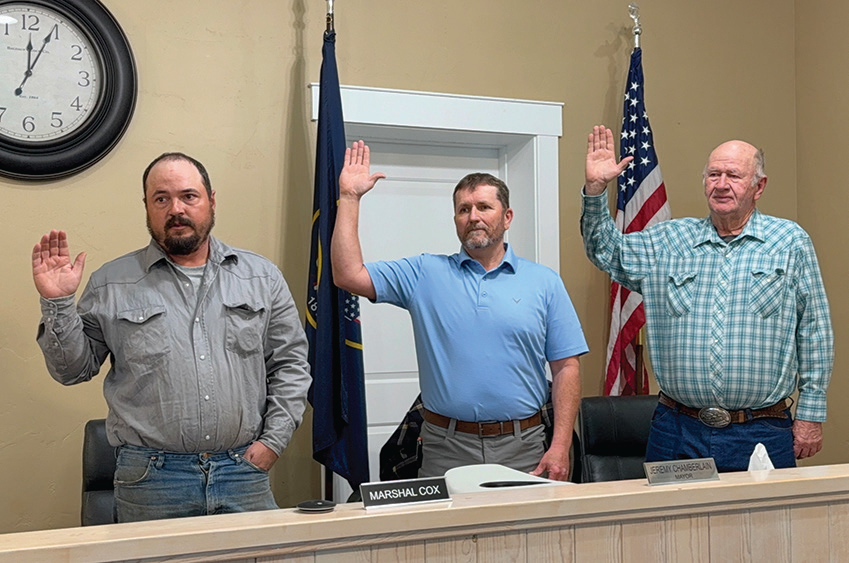Five Years Ago in the SUN: Navajo Lake, a hidden jewel
- Mark Havnes

- Jun 21, 2017
- 4 min read
High in the Cedar Mountain Forest rests a jewel of sparkling water surrounded by sandy shores, providing a cool respite from the sizzling summer heat and great opportunity to go angling for lunker trout.

The popular destination is Navajo Lake in the Dixie National Forest. Located just west of Duck Creek Village in Kane County, the lake, besides a respite from summer heat, is also a geologic curiosity complete with sink holes, subterranean stream channels and lava tubes that drain the lake’s water, only to gush it out above ground miles away.
Now the government is stepping in to provide better access and improvements to the lake to accommodate an increasing number of visitors. Beginning last Monday (06/18/17) road machinery started putting the final grades on the current dirt road that skirts the lake’s south shore so asphalt paving can begin.
James Redhouse, civil engineer with the U.S. Forest Service office in Cedar City, said paving the two-lane road will eliminate the choking dust stirred up by vehicles driving on the dirt road. It will alsoprovide better access to campsites on the lake shore and include a biking and pedestrian lane and new signage.
Redhouse said the project will cover about 5.5 miles, from U.S. Highway 14 to where the road meets with another dirt road that connects to U.S. Highway 89 near Zion National Park to the south.

The project has been in the works for several years and was finally approved last year when the Forest Service received a $6 million grant from the Federal Highway Administration. Last year, preliminary work on the road that included grading and drainage work was performed until snow brought construction to a halt.
“This will really cut down on dust that during the summer months presents hazardous air quality to pedestrians and bike riders,” said Redhouse.
The paving work is being done by Mel Clark, Inc., a Cedar City contractor. When completed, the road’s maintenance will be- come the responsibility of Kane County.
Justin Clark, a construction company spokesman, said the paving portion of the work is expected to be completed by mid- July. Vehicle traffic on the road will continue during construction, he said, but some delays should be expected.
Preliminary studies are also being conducted on improvements to the dike, that since the 1930s has been an engineering challenge to those attempting to meet the needs of water users, while improving the lake’s reputation as a quality fishery, in an area of the state where such bodies of water are at a premium.
The lake was formed thousands of years ago when lava flows from volcanic activity on the surrounding Markagunt Plateau formed a dam in the valley where the lake is located. The lake is filled every year by natural springs and snowmelt. During the summer months, the water drained through a series of underground lava tubes and stream channels only to emerge miles away. The water eventually ends up in the Virgin River, with some flowing into the Sevier River.
According to Forest Service archaeologist Marian Jacklin, soon after Cedar City was settled by Mormon pioneers in the mid-19th century, a roving band of Navajos stole some horses from the settlers. The culprits were captured at the lake after devouring two of the animals. Since that incident, the lake was known as Navajo Lake, even though the Paiutes referred to the body of water as Pa-Cu-Ay, meaning Cloud Lake.
Residents of Iron and Kane counties, with help from state and federal agencies, started getting serious about reinforcing and augmenting the natural dike in the 1930s, primarily to improve the fishery.
Since then, several projects meant to strengthen and increase the height of the dike have been carried out, including work performed by the Civilian Conservation Corps, but have had minimal effect. In one case after repairs were completed in the 1930s, a suspicious water user thought his rights were being violated and breached the dike with several sticks of dynamite.
During the 1960s breaches in the dike were repaired several times. An evaluation of a breach in 2010 suggested the entire structure may be compromised.
Richard Hepworth, the Aquatics Program Manager for the Utah Division of Wildlife Resources in the Cedar City regional office, said his agency is working with the Forest Service in evaluating the dike’s integrity. Repairs could run up to $3.4 million, but planning is in the preliminary stage. Hepworth said a larger, stronger dike is crucial to sustaining the quality of the fishery.
The problem with the old dike means that many of the 25,000,10-inch rainbows planted every spring in the lake die when the water freezes, depriving them of oxygen. The DWR also plants 5,000, five-inch splake, a hybrid of brook and lake trout, that are better at surviving winter. They can grow into monster trout exceeding 10 pounds and are the most popular sport fish. But the splake still suffer from low oxygen levels, as do the 2,000 tiger trout, a brown-brook trout hybrid.
An angler survey from July 1 through September 30, 2011, the latest figures available, show that there were on average 65 fishers a day on the lake. Of that, 65 percent were non-residents who stayed on average 3.7 days.

Splake are the favorite catch of Jacob Worthington, a Utah County resident who was fishing from a canoe recently while attending a reunion in Cedar City. “They [splake] are my favorite fish to catch,” he said. “I caught four today and kept three.”




